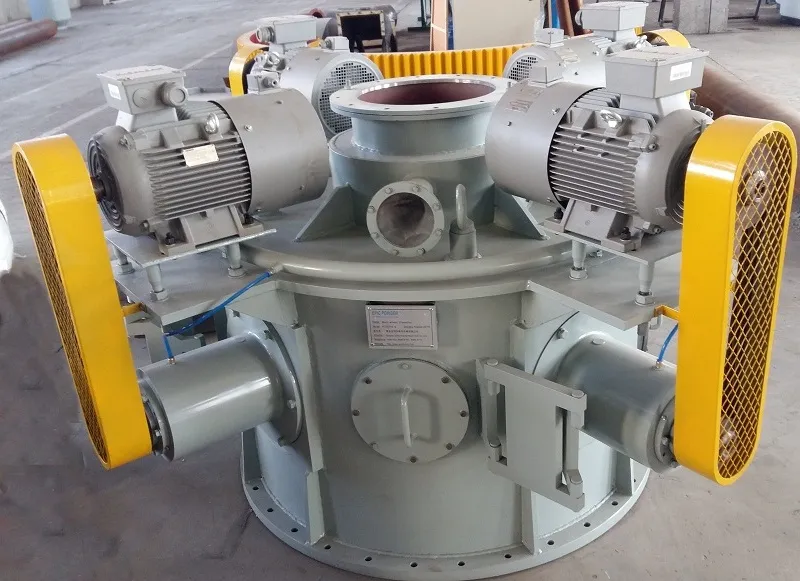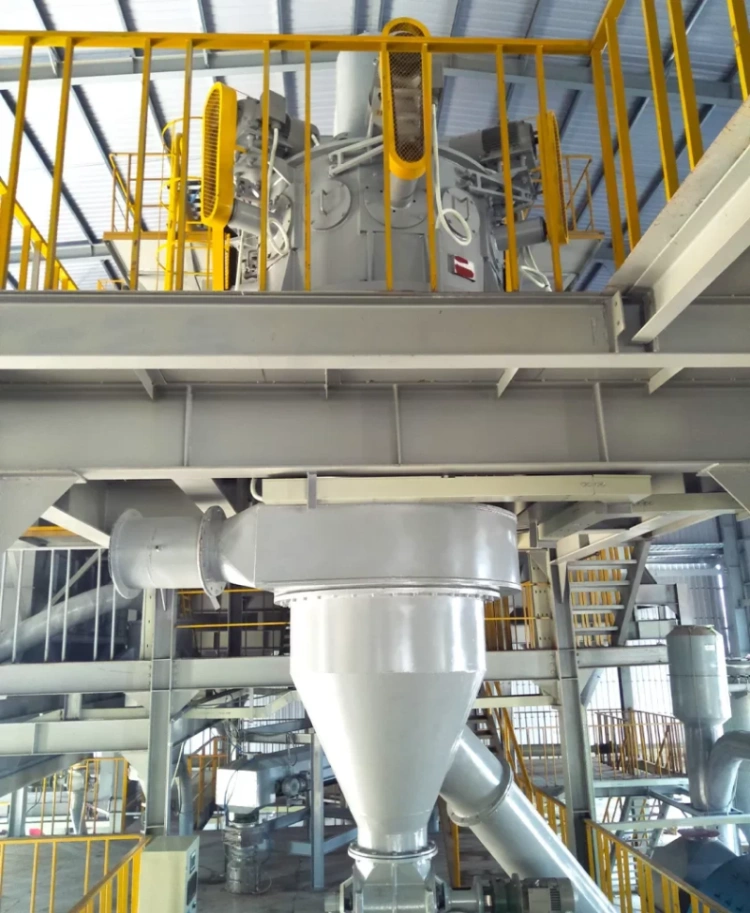Classification technology is vital in powder material preparation. It plays a key role in powder production. In recent years, modern high-tech industries have advanced rapidly. The fine powder industry has grown quickly. Ultrafine powders are now used widely. Their applications span many fields. The demand for finer powders keeps increasing. Achieving ultrafine classification is challenging now. Traditional grinding methods can no longer directly produce qualified powders in a single step. Classification technology is essential to separate products that meet target particle size requirements. Therefore, classification has become a key step in the mechanical preparation of fine powders.

Powder Classification Technology Overview
Powder classification technology separates particle groups based on differences in physical properties such as particle size, density, and shape, under specific force fields such as centrifugal force, gravity, and inertia. The main goal is to prevent over-grinding and improve product uniformity. It is widely used in chemical, food, mineral processing, and pharmaceutical industries. Depending on the classification medium, the process is divided into wet classification (using liquid media) and dry classification (using air media). Among these, dry classification has become the mainstream due to its high efficiency and convenient operation.
Wet Classification
Wet classification equipment uses water as the medium. Its main advantage lies in the good dispersion of particles, since electrostatic and other interparticle forces are weakened in water, reducing agglomeration and improving classification precision. However, it also has significant drawbacks. After classification, the powder particles are wetted and must undergo solid-liquid separation and drying to obtain the final product. During this process, re-agglomeration or caking often occurs, increasing both cost and processing difficulty.
Dry Classification

Dry classification uses air as the classification medium. Because the powder is not wetted, there is no need for dewatering, drying, or re-dispersion steps after classification. It is currently the mainstream classification method. Based on the types of forces acting on the particles, dry classification can be divided into gravity classification, inertial classification, and centrifugal classification.
Gravity and inertial classifiers have different structural designs, but the working principle is similar: particles of different masses have different inertias, resulting in distinct motion paths within the classifier. In inertial classification, this principle is used to separate particles according to mass; in gravity classification, the difference in sedimentation velocities under gravity leads to separation.
In centrifugal classification, particles experience both airflow drag and centrifugal force. Under the combined action of these forces, coarse and fine particles move in different directions and are separated. Depending on how centrifugal force is generated, centrifugal classifiers can be further divided into different structural types to meet specific application needs. Among all, centrifugal force classifiers are currently the most widely used and common type of dynamic classifier.
Epic Powder
Epic Powder deeply understand the importance of classification technology in modern powder processing. With over 20 years of experience in ultrafine powder engineering, we provide advanced air classifiers, integrated grinding and classification systems, and customized process solutions for diverse materials. Our equipment ensures precise particle size control, high efficiency, and consistent product quality — empowering industries such as chemicals, minerals, batteries, and new materials to achieve optimal performance and productivity.
